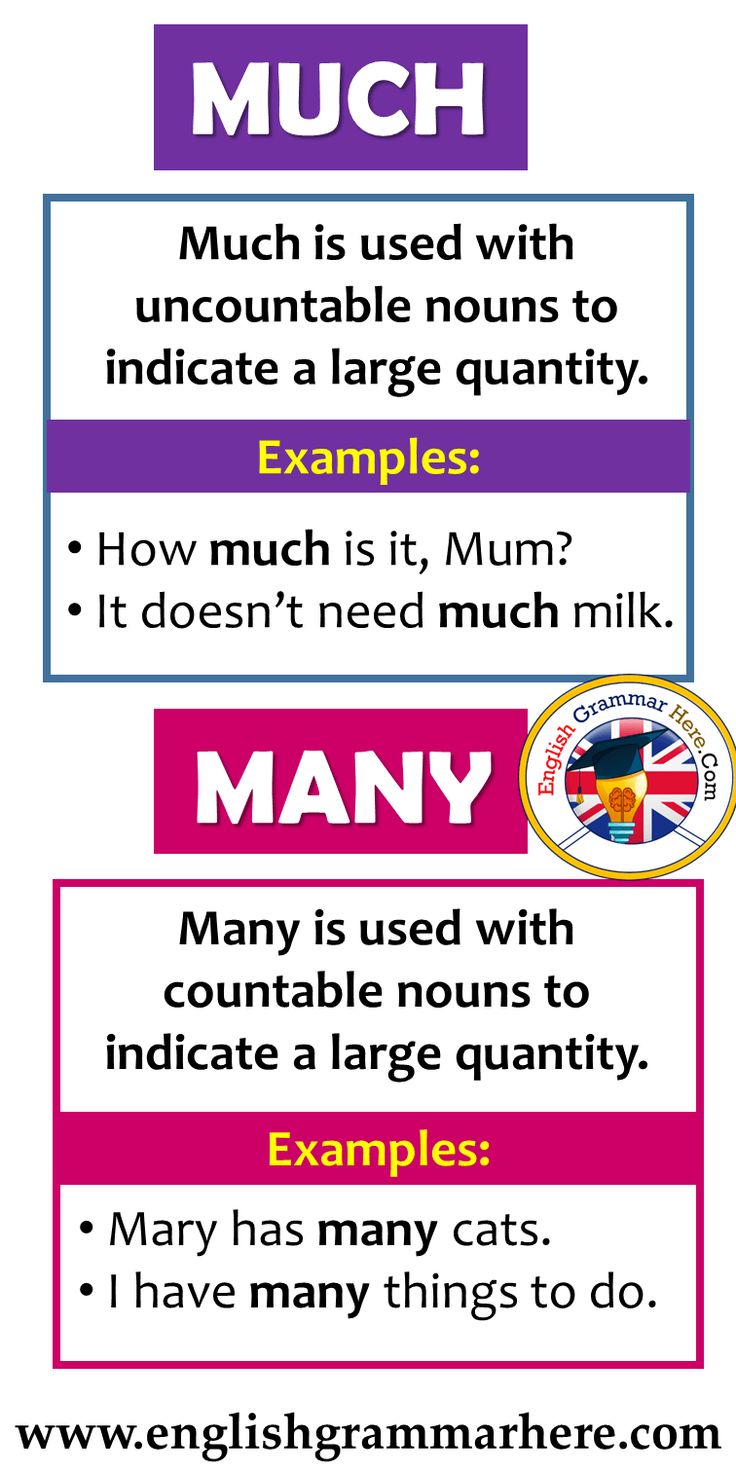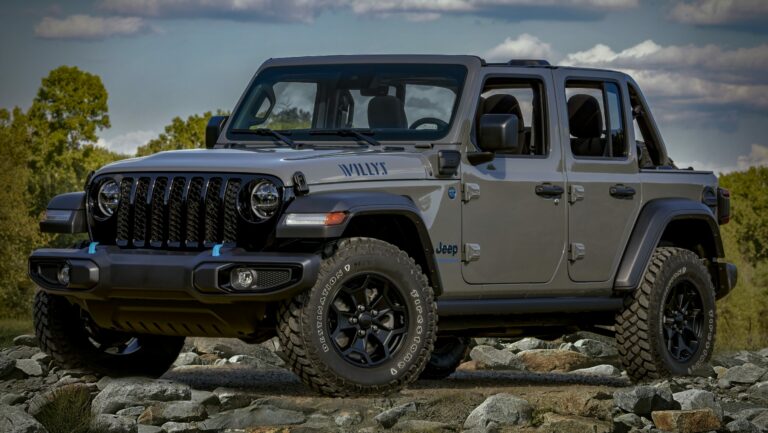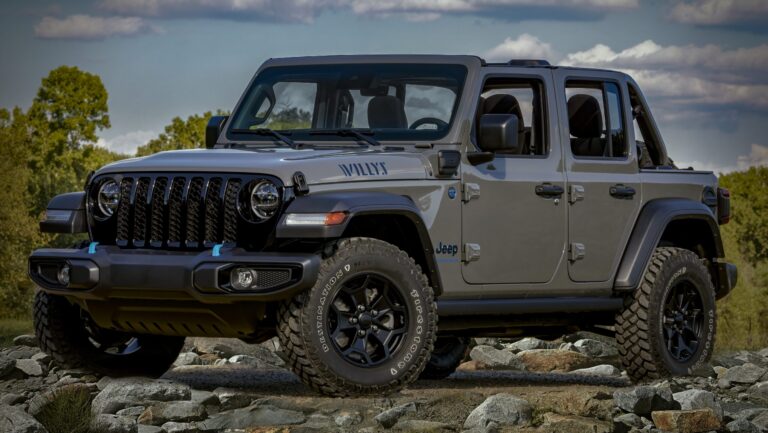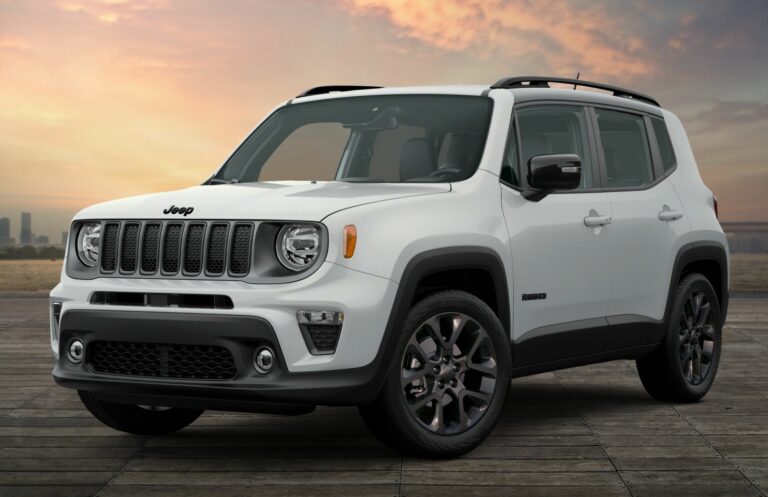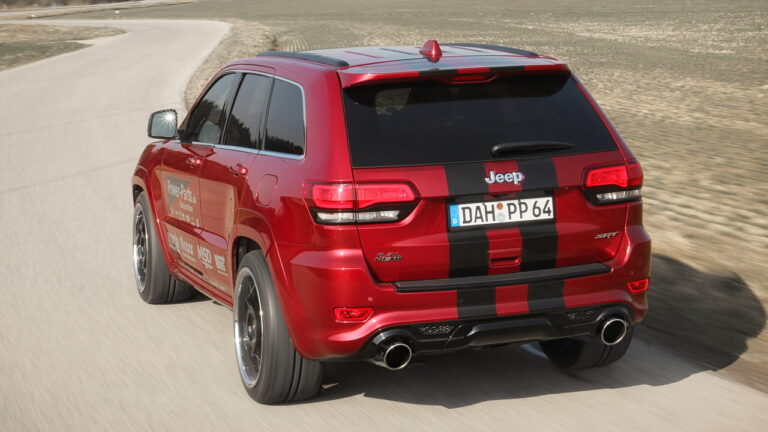How Much Weight Can A 2018 Jeep Wrangler Tow
How Much Weight Can A 2018 Jeep Wrangler Tow jeeps.truckstrend.com
For many adventurers, the allure of a Jeep Wrangler extends far beyond its legendary off-road prowess. It’s the promise of freedom, the open air, and the ability to haul your gear, whether that’s a small utility trailer for home projects, a compact pop-up camper for weekend getaways, or a jet ski for lakeside fun. If you own a 2018 Jeep Wrangler, or are considering purchasing one, understanding its towing capacity is paramount. It’s not just about what the vehicle can pull, but what it should pull safely and legally. Exceeding your Wrangler’s towing limits can lead to dangerous driving conditions, accelerated wear and tear on components, and even potential legal ramifications. This comprehensive guide will delve into the specifics of the 2018 Jeep Wrangler’s towing capabilities, helping you make informed decisions for your next adventure.
The Core Towing Capacity: What the Numbers Say
How Much Weight Can A 2018 Jeep Wrangler Tow
The 2018 model year was unique for the Jeep Wrangler, as it marked the transition between two generations: the outgoing JK (Wrangler JK) and the newly introduced JL (Wrangler JL). While there were significant design and technological updates between the two, their fundamental towing capacities remained consistent for most configurations.
Generally, the towing capacity for a 2018 Jeep Wrangler depends primarily on its body style:
- 2-Door Jeep Wrangler (JK or JL): These models typically have a maximum towing capacity of 2,000 pounds (907 kg). Their shorter wheelbase, while excellent for maneuverability on trails, limits their stability and therefore their towing capability.
- 4-Door Jeep Wrangler Unlimited (JK or JL): The longer wheelbase of the Unlimited models provides significantly more stability, allowing them to tow up to 3,500 pounds (1,588 kg). This increased capacity makes the Unlimited a much more versatile option for those planning to tow heavier loads.
It’s crucial to note that these figures represent the maximum recommended towing capacity under ideal conditions. Various factors can influence the actual weight your specific Wrangler can safely tow.
Factors Affecting Your Wrangler’s True Towing Capacity

While the manufacturer-specified numbers provide a baseline, several variables can either reduce or, in rare cases, slightly enhance (through specific factory options) your 2018 Wrangler’s effective towing capacity. Understanding these factors is key to safe and efficient towing.
-
Engine and Transmission: Both the 2018 JK and JL Wranglers primarily featured the robust 3.6-liter Pentastar V6 engine, paired with either a 6-speed manual or an 8-speed automatic transmission (JL) or a 5-speed automatic (JK). This engine is well-suited for the stated towing capacities. While engine choice usually doesn’t change the rated capacity, an automatic transmission generally offers smoother power delivery and better control for towing, especially with heavier loads.
-
Axle Ratio: The axle ratio significantly impacts a vehicle’s ability to tow. A "lower" numerical axle ratio (e.g., 3.21:1) is better for fuel economy, while a "higher" numerical axle ratio (e.g., 3.73:1 or 4.10:1, often found on Rubicon models) provides more torque at the wheels, making it better for towing and off-roading. Higher axle ratios usually contribute to the maximum towing capacity. Always check your specific vehicle’s build sheet or owner’s manual for its exact axle ratio.
-
Vehicle Configuration and Trim Level: While the 2-door vs. 4-door distinction is primary, differences between Sport, Sahara, and Rubicon trims can sometimes play a role, particularly if heavy factory accessories are included as standard. However, generally, within the 2-door or 4-door categories, the base towing capacity remains consistent.

-
Added Accessories and Modifications: This is a big one for Wrangler owners. Lift kits, larger and heavier tires, heavy-duty bumpers, winches, roof racks, and other aftermarket accessories all add weight to your vehicle. This added weight directly reduces your available payload capacity, and subsequently, your effective towing capacity, as it contributes to the Gross Combined Weight (GCW). A heavier vehicle has less "capacity" left for towing.
-
Payload (Passengers and Cargo): Every pound of cargo, every passenger, and even the fuel in your tank counts towards your Wrangler’s Gross Vehicle Weight (GVW). Your vehicle has a maximum Gross Vehicle Weight Rating (GVWR), which includes the vehicle itself, its occupants, and all cargo. The weight of your trailer’s tongue (the downward force the trailer exerts on your hitch) also counts towards your Wrangler’s payload. Exceeding your GVWR means you’re operating an overloaded vehicle, regardless of the trailer’s weight.
-
Environmental Factors: Altitude, steep grades, and extreme temperatures can all reduce your vehicle’s effective towing capability. At higher altitudes, engines lose power due to thinner air. Steep hills put more strain on the drivetrain and brakes. Extremely hot weather can lead to engine or transmission overheating. Always factor these conditions into your towing plans.

Understanding Key Towing Terminology
To tow safely and legally, it’s essential to understand the following terms:
- Towing Capacity: The maximum weight a vehicle is rated to pull.
- Payload Capacity: The maximum amount of weight a vehicle can carry, including passengers, cargo, and the trailer’s tongue weight.
- Tongue Weight (TW): The downward force exerted by the trailer’s tongue on the hitch receiver. This should ideally be 10-15% of the total loaded trailer weight. Too little tongue weight can cause trailer sway, while too much can overload the rear of the towing vehicle.
- Gross Vehicle Weight Rating (GVWR): The maximum allowable total weight of a fully loaded vehicle, including the vehicle itself, passengers, cargo, and tongue weight.
- Gross Axle Weight Rating (GAWR): The maximum weight that can be supported by each axle (front and rear).
- Gross Combined Weight Rating (GCWR): The maximum allowable total weight of the fully loaded tow vehicle AND the fully loaded trailer combined. You must never exceed this number.
Essential Towing Equipment for Your 2018 Wrangler
To safely utilize your Wrangler’s towing capacity, you’ll need the right equipment:
- Hitch Receiver: For 2,000 lbs, a Class I or Class II hitch is usually sufficient. For 3,500 lbs, a Class III hitch receiver is required. Many 4-door Wranglers come with a factory tow package that includes a Class III hitch. Ensure your hitch is properly installed and rated for your intended load.
- Wiring Harness: A 4-pin or 7-pin wiring harness is necessary to connect your Wrangler’s electrical system to the trailer’s lights (tail lights, brake lights, turn signals). A 7-pin connector also provides power for trailer brakes and sometimes auxiliary power.
- Brake Controller: For trailers weighing over 1,000 lbs (or as mandated by local laws, which often specify 1,500 lbs), a separate trailer brake controller is highly recommended, if not legally required. This device allows you to activate the trailer’s brakes independently or proportionally with your Wrangler’s brakes, significantly improving stopping power and control.
- Safety Chains: Always use safety chains, crossed under the coupler, to provide a backup connection between the tow vehicle and the trailer in case of a hitch failure.
- Trailer Ball and Mount: Ensure the trailer ball diameter matches your trailer’s coupler and that both the ball and mount are rated for the weight you intend to tow.
- Extended Towing Mirrors: If your trailer is wider than your Wrangler, extended mirrors are crucial for visibility, allowing you to see traffic behind and alongside your trailer.
Safe Towing Practices and Tips
Towing changes your vehicle’s dynamics. Always prioritize safety:
- Know Your Weights: Before every trip, weigh your loaded trailer and confirm your Wrangler’s payload. Never guess. Use a public scale if necessary.
- Proper Trailer Loading: Ensure 10-15% of the trailer’s total weight is on the tongue. Load heavier items low and over the trailer’s axle(s) to maintain stability and prevent sway.
- Pre-Trip Inspection: Check tire pressures on both the Wrangler and the trailer (including the spare), ensure all lights are working, confirm safety chains and coupler are secure, and verify brake controller functionality.
- Adjust Driving Habits:
- Slow Down: Reduce your speed, especially on highways, in windy conditions, or on uneven terrain.
- Increase Following Distance: You’ll need significantly more distance to stop with a trailer.
- Wider Turns: Trailers cut corners. Make wider turns to avoid striking curbs or obstacles.
- Anticipate: Look further ahead to anticipate traffic and road conditions, allowing more time for braking and maneuvering.
- Use Lower Gears: On long descents, downshift to use engine braking and reduce reliance on your brakes, preventing overheating. On ascents, downshift to maintain power and prevent strain on the engine and transmission.
- Monitor Your Vehicle: Keep an eye on your engine temperature gauge. Pull over and let your vehicle cool down if it starts to overheat. Listen for unusual noises.
- Practice: If you’re new to towing, practice in a safe, open area (like an empty parking lot) to get a feel for braking, turning, and especially backing up.
Potential Challenges and Solutions
While the 2018 Wrangler is capable, towing presents unique challenges:
- Overheating: Especially on long grades or in hot weather.
- Solution: Ensure your cooling system is in top condition. Consider an auxiliary transmission cooler if you frequently tow heavy loads. Downshift to reduce engine strain.
- Reduced Braking Performance: Added weight means longer stopping distances.
- Solution: A properly functioning trailer brake controller is essential. Maintain your Wrangler’s brakes, and avoid sudden stops.
- Trailer Sway: A dangerous side-to-side motion of the trailer.
- Solution: Correct tongue weight is critical. Use a sway control device, especially with longer or heavier trailers. Reduce speed.
- Impact on Fuel Economy: Towing significantly increases fuel consumption.
- Solution: Accept it as part of the towing experience. Drive smoothly, avoid rapid acceleration and braking.
Practical Advice and Actionable Insights
- Always consult your specific 2018 Jeep Wrangler’s owner’s manual. This is the definitive source for your vehicle’s exact capacities, as minor variations can exist based on factory options or region.
- Never exceed any of the specified weight ratings (Towing Capacity, GVWR, GCWR, GAWR, Payload). It’s not just unsafe; it can void warranties and lead to serious accidents.
- When in doubt, err on the side of caution. If your trailer is close to the limit, consider a lighter load or a different tow vehicle.
- Regular maintenance is crucial. Ensure your Wrangler’s brakes, tires, engine, and transmission are in excellent condition before towing.
Conclusion
The 2018 Jeep Wrangler, whether a JK or JL model, offers respectable towing capabilities for its class, with 2-door models generally rated at 2,000 pounds and 4-door Unlimited models at 3,500 pounds. While these figures provide a clear guideline, safe towing extends beyond just knowing a number. It involves understanding various contributing factors like payload, axle ratios, and modifications, as well as equipping your vehicle correctly and adopting responsible driving habits. By respecting your Wrangler’s limits and adhering to best practices, you can confidently and safely tow your gear, expanding the horizons of your Jeep adventures.
How Much Weight Can A 2018 Jeep Wrangler Tow: Capacity Overview
| Feature / Model Type | 2018 Jeep Wrangler (2-Door JK & JL) | 2018 Jeep Wrangler Unlimited (4-Door JK & JL) |
|---|---|---|
| Max Towing Capacity | 2,000 lbs (907 kg) | 3,500 lbs (1,588 kg) |
| Engine (Primary) | 3.6L Pentastar V6 | 3.6L Pentastar V6 |
| Transmission (JK) | 6-Speed Manual / 5-Speed Automatic | 6-Speed Manual / 5-Speed Automatic |
| Transmission (JL) | 6-Speed Manual / 8-Speed Automatic | 6-Speed Manual / 8-Speed Automatic |
| Recommended Hitch Class | Class II (for 2,000 lbs) | Class III (for 3,500 lbs) |
| Typical Axle Ratios | 3.21, 3.73, 4.10 (depending on trim/options) | 3.21, 3.73, 4.10 (depending on trim/options) |
| Key Limiting Factor | Shorter wheelbase, overall vehicle weight | Longer wheelbase provides stability, but payload and GCWR are key limits |
Note: Always consult your specific vehicle’s owner’s manual for precise figures as configurations can vary.
Frequently Asked Questions (FAQ) about 2018 Jeep Wrangler Towing
Q1: Can a 2-door 2018 Jeep Wrangler really only tow 2,000 pounds?
A1: Yes, typically. The shorter wheelbase of the 2-door models (both JK and JL) makes them less stable for heavier loads, hence the lower 2,000-pound limit. Attempting to tow more than this can compromise safety and vehicle integrity.
Q2: Does the Rubicon trim level have a higher towing capacity than other 2018 Wrangler models?
A2: Generally, no. For 4-door models, the Rubicon, Sahara, and Sport Unlimited versions typically share the same 3,500-pound towing capacity. While Rubicons often come with more robust axles and lower gearing (which is good for towing), the overall vehicle design and Gross Combined Weight Rating (GCWR) usually keep the maximum capacity consistent. The 2-door Rubicon also sticks to the 2,000-pound limit.
Q3: Do I need a trailer brake controller for my 2018 Wrangler?
A3: It is highly recommended and often legally required for trailers weighing over 1,000 to 1,500 pounds (check your local regulations). A brake controller allows your Wrangler to activate the trailer’s brakes, significantly improving stopping power and control, especially with heavier loads or on descents.
Q4: How does adding aftermarket accessories (like a lift kit or larger tires) affect towing capacity?
A4: Any aftermarket additions that increase your Wrangler’s curb weight directly reduce its available payload capacity and can negatively impact its effective towing capacity. Lift kits and larger tires also raise the center of gravity and increase rolling resistance, which can reduce stability and put more strain on the drivetrain, making towing less safe and efficient. Always re-evaluate your actual towing capacity after significant modifications.
Q5: What is tongue weight and why is it important?
A5: Tongue weight is the downward force the trailer’s tongue exerts on your Wrangler’s hitch. It’s crucial for stability; too little (under 10%) can cause dangerous trailer sway, while too much (over 15%) can overload the rear axle, reduce steering control, and exceed your vehicle’s payload capacity. Aim for 10-15% of your total loaded trailer weight.
Q6: Can I tow a travel trailer with my 2018 Jeep Wrangler Unlimited?
A6: You can tow small, lightweight travel trailers (often referred to as teardrop campers or pop-up campers) that fall within the 3,500-pound limit. However, most traditional travel trailers exceed this weight. Always check the trailer’s Gross Vehicle Weight Rating (GVWR) and ensure it’s well within your Wrangler’s towing capacity, considering all factors like passengers and cargo.

